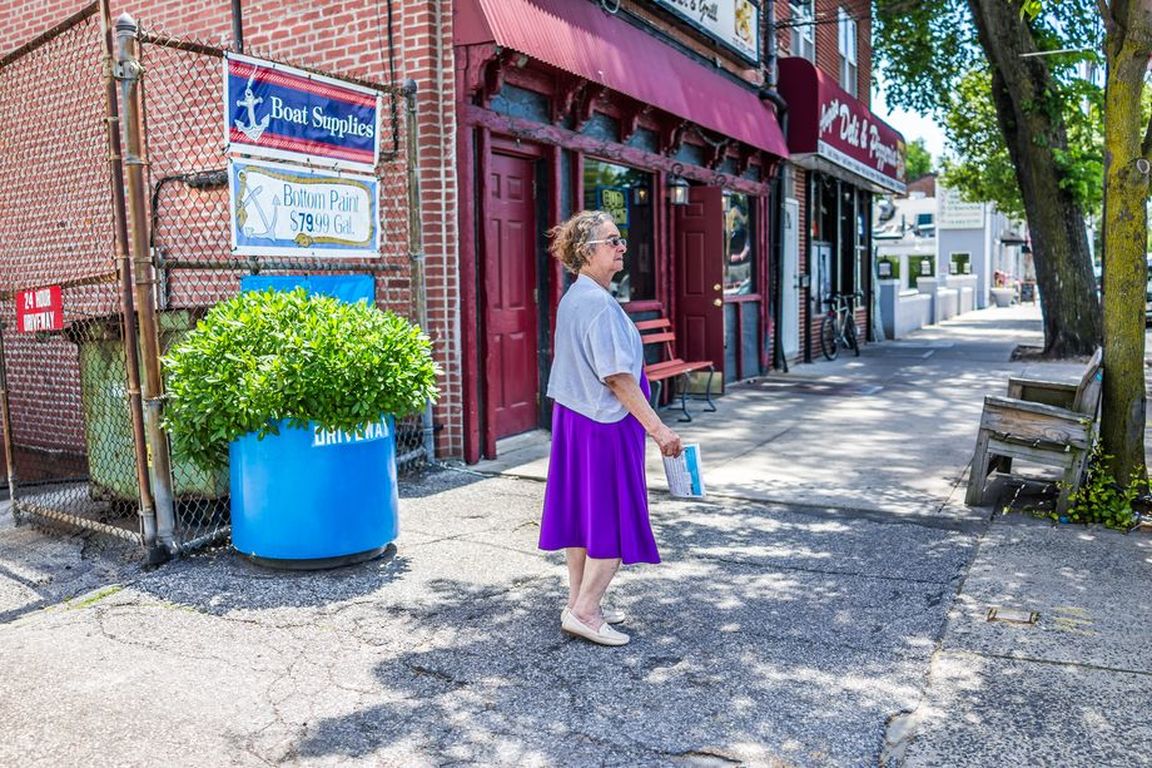Walkable Areas Are Getting More Competition
Older Americans are placing a higher value on living in walkable urban centers, according to a new survey of 1,000 respondents nationwide about their living preferences
A majority of respondents surveyed by A Place for Mom, a national referral service, said it was “very important” or “somewhat important” to live in a walkable neighborhood. They also sought neighborhoods with low crime and those that are close to family.
“It’s time to abandon the idea that only millennials and Generation X care about walkability and the services available in dense urban neighborhoods,” says Charlie Severn, head of marketing at A Place for Mom. “These results show a growing set of senior housing consumers also find these neighborhoods desirable. It’s a trend that should be top of mind among developers.”
The survey authors say it’s important for developers to consider creating multigenerational communities in suburban centers that place an emphasis on walkability. Walkability ranked high regardless of income level in the survey. Walkability ranked highest for those under 70 years old who were seeking senior apartments.
The message needs to change, says Bill Pettit, president of R.D. Merrill Co., a parent company of Merrill Gardens, which develops senior living centers. He says many developers had assumed that seniors preferred a more rural or suburban location.
“We were creating these islands of old age where you’re surrounded by your peers and you lose that intergenerational connectivity,” Pettit says. “We found we were spending a disproportionate period of time busing our seniors to other places to generate that intergenerational connectivity.”
Pettit says his company is changing its strategy. It is now focusing on developing senior living centers in urban areas with high walkability scores.
“When you can walk to shopping, or cross the street to a park, and that park is filled with children and families, I think it gives you a kind of lift that sitting and playing bingo during the day doesn’t give you,” he says.
Source: “Seniors Want Walkability Too, Survey Says,” Curbed.com (July 25, 2017)
A majority of respondents surveyed by A Place for Mom, a national referral service, said it was “very important” or “somewhat important” to live in a walkable neighborhood. They also sought neighborhoods with low crime and those that are close to family.
“It’s time to abandon the idea that only millennials and Generation X care about walkability and the services available in dense urban neighborhoods,” says Charlie Severn, head of marketing at A Place for Mom. “These results show a growing set of senior housing consumers also find these neighborhoods desirable. It’s a trend that should be top of mind among developers.”
The survey authors say it’s important for developers to consider creating multigenerational communities in suburban centers that place an emphasis on walkability. Walkability ranked high regardless of income level in the survey. Walkability ranked highest for those under 70 years old who were seeking senior apartments.
The message needs to change, says Bill Pettit, president of R.D. Merrill Co., a parent company of Merrill Gardens, which develops senior living centers. He says many developers had assumed that seniors preferred a more rural or suburban location.
“We were creating these islands of old age where you’re surrounded by your peers and you lose that intergenerational connectivity,” Pettit says. “We found we were spending a disproportionate period of time busing our seniors to other places to generate that intergenerational connectivity.”
Pettit says his company is changing its strategy. It is now focusing on developing senior living centers in urban areas with high walkability scores.
“When you can walk to shopping, or cross the street to a park, and that park is filled with children and families, I think it gives you a kind of lift that sitting and playing bingo during the day doesn’t give you,” he says.
Source: “Seniors Want Walkability Too, Survey Says,” Curbed.com (July 25, 2017)


 Menu
Menu




